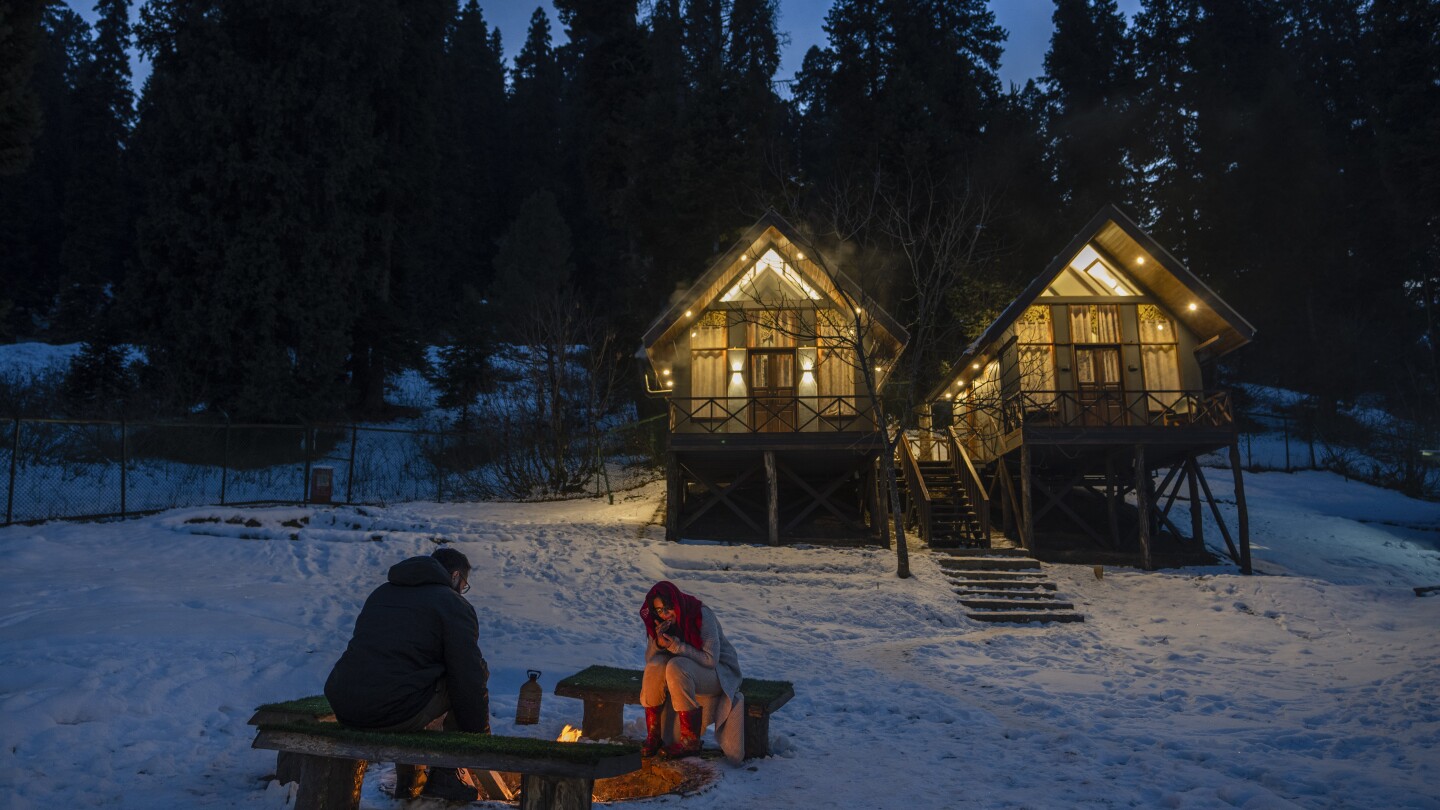SRINAGAR, India (AP) — The skies are overcast. On the plains, temperatures have dropped below freezing. High on the mountains, peaks are draped in thick snow.
This is the time of “Chillai Kalan,” also called “The Great Winter,” a Kashmiri phrase that defines the harshest 40 days of cold in disputed Kashmir that commence in late December and extend into January and early February.
Renowned for its breathtaking landscapes, Kashmir in winter transforms into a wonderland. Tourists fill its hotels to ski, sledge, and trek the Himalayan landscape.
But winter also brings the region’s most challenging weather conditions, affecting daily routines in agriculture, transportation and other livelihoods.
For locals, the major source of heat is the kanger, a pot filled with hot coal embers tucked inside their pheran, a traditional knee-length cloak. Almost ensnared by its warmth, people only step outside for work and other essentials.
The subzero temperatures in Kashmir, a disputed region between India and Pakistan that has been marred by decades of conflict, also coincide with frequent power cuts. It is one of the idyllic valley’s long-standing, unresolved crises.
This year the unscheduled power outages, sometimes lasting 12 to 16 hours, have disrupted patient care for those with respiratory illnesses and affected businesses.
Residents have long accused New Delhi of stifling their hydropower potential, as most of such power produced locally goes to various Indian states, leaving 13% for Kashmir. The region must purchase electricity at higher prices from India’s northern grid to meet demand.
The stillness of winter in Kashmir, however, also offers a promise of vibrancy come spring. The cold rejuvenates fields and orchards, mainstays of the region’s economy, and the snow replenishes freshwater streams.

